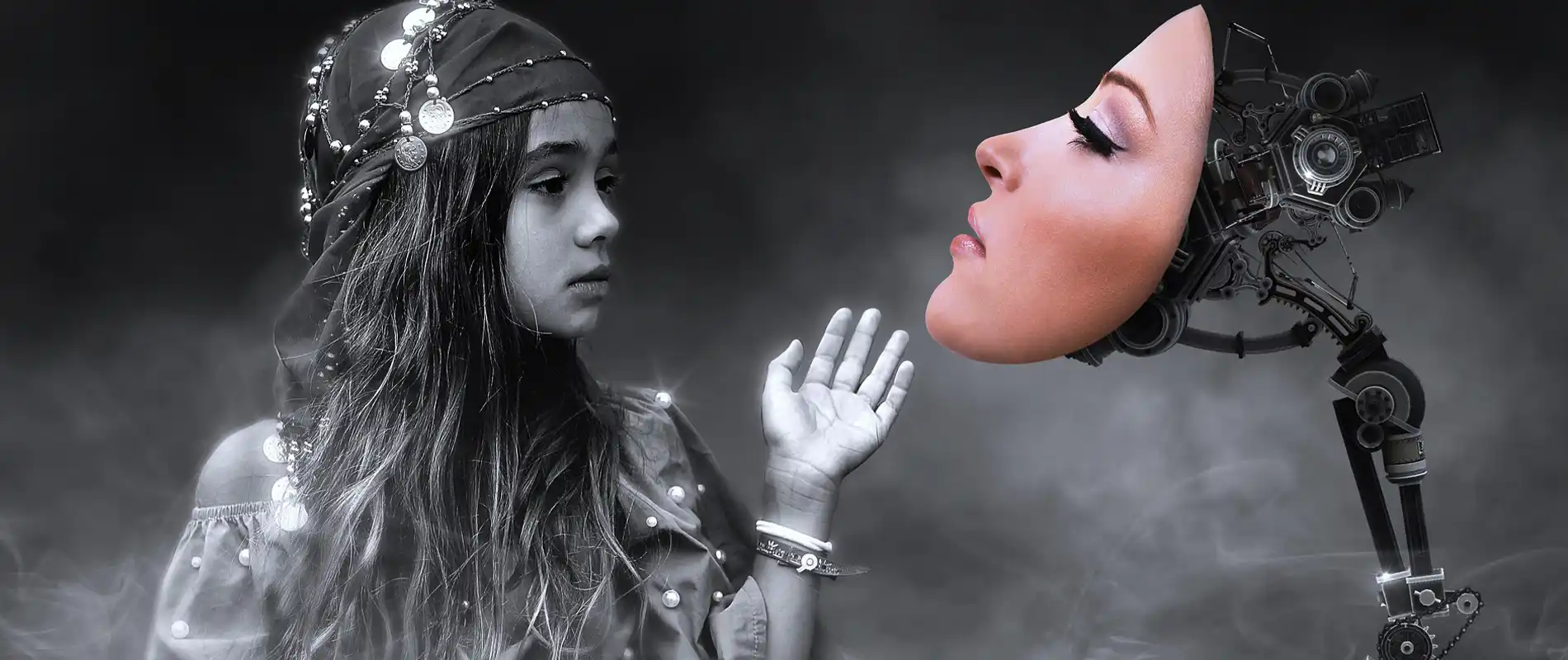
AI-Generated Music: Noise, Tools, and the Future for Artists
Published September 17, 2025
AI-generated music is any track created with the help of artificial intelligence. That could mean a quick “one-click” generator that spits out an entire song from a text prompt, or it could mean a plugin in your DAW that helps you explore chord progressions and melodic variations. On the surface, both are “AI music.” But the difference between them is huge: one creates background noise, the other can genuinely support your creativity.
The Problem With Prompt-Only Generators
Let’s be blunt: the one-click prompt platforms (“make me a lo-fi beat,” “generate a pop song in the style of Taylor Swift”) are a creativity trap. Thousands of people type the same broad prompts, and the results blur together. The tracks might be passable as background music for YouTube or TikTok, but they lack personality, originality, and often heart.
When people upload these factory-made tracks by the thousands, they flood streaming platforms with noise. That doesn’t just make it harder for listeners to find music they love, it also dilutes the space for genuine artists who put in the work to craft something unique.
If your goal is to stand out, prompt-only generators are the musical equivalent of microwaving a frozen dinner: quick, easy, forgettable.
How AI Music Tools Actually Work
Most AI music systems are trained on massive datasets of songs. During training, they learn patterns in rhythm, melody, harmony, and even lyrics. When you ask for output, the model is essentially reassembling those patterns into something “new.”
The important part is how much control you have as the user:
- Prompt-only tools = you give a vibe, they give a song. You’re on autopilot.
- Pro-level tools = you set the tempo, chords, structure, and instruments. The AI fills in details or offers variations. You’re still the driver.
Where AI Can Actually Help Musicians
Used properly, AI doesn’t replace creativity, it enhances workflow. Instead of waiting for inspiration, you can direct the AI to riff on your foundation. Examples:
- Input your chord progression and let the AI suggest harmonies.
- Lock in your tempo and groove and generate rhythmic fills.
- Sketch a verse and chorus structure, then explore variations.
Tools like AIVA, Orb Producer Suite, and Magenta Studio work inside DAWs, giving you that control. They’re closer to a “session player” than a songwriter because you call the shots and they hand you ideas. This is especially useful if you're a solo artist!
Copyright and Legal Questions
There’s still a gray area around AI-generated music and ownership. Key points to know:
- In most countries, AI-only works can’t be copyrighted. You need significant human involvement.
- Companies are facing lawsuits for training on copyrighted songs without permission.
- Platforms like Spotify have already started limiting pure AI uploads to avoid flooding.
For musicians, that means leaning on AI responsibly, using it to assist your process, not to generate tracks you try to pass off as fully original without editing.
The AI Band Hype: Manufactured or Organic?
One of the most talked-about examples of an “AI band” is Velvet Sundown, a project that racked up hundreds of thousands of Spotify listeners seemingly overnight. At first glance, it looked like an indie success story, a mysterious new act landing on playlists and generating buzz without a traditional promotional push.
But dig deeper and the story feels less like a natural rise and more like a case study in viral hype. Much of their popularity came not from everyday listeners, but from musicians, critics, and influencers debating the role of AI in music. Articles, podcasts, and social media posts all pointed to Velvet Sundown as a symbol of what AI could do, effectively amplifying their reach far beyond what the music alone might have achieved.
This matters because it shows how AI projects can gain traction through controversy and conversation rather than genuine fan connection. For real artists, that’s a reminder: while hype fades, what lasts is building a community that connects with your story, your live shows, and your originality.
The Homogenization Effect
The real danger of AI music is sameness. If every song is based on the same models and prompts, everything starts sounding alike. We already saw this with streaming-era pop formulas, AI could amplify it even faster. That’s why musicians who want to last can’t just lean on generic AI tracks. Listeners will eventually tune out the noise and crave human originality more than ever.
How to Stand Out in an AI-Heavy World
The musicians who thrive won’t be the ones cranking out AI clones. They’ll be the ones who:
- Use AI as a tool, not a crutch. Draft ideas faster, but never let the tool do all the writing.
- Infuse human unpredictability. Keep imperfections, emotional performances, and live elements that AI can’t replicate.
- Tell their story. Fans connect to the person behind the music, not just the sound.
- Build community and perform live. These are areas AI can’t touch.
AI is already part of music’s future. The question isn’t whether to use it — it’s how. Artists who embrace AI as an assistant while staying true to their craft will rise above the flood of generic, prompt-born songs.
Ready to Join a New and Exciting Platform?
Build a stunning band website, get constructive feedback, and grow your audience with smart tools designed for independent artists.